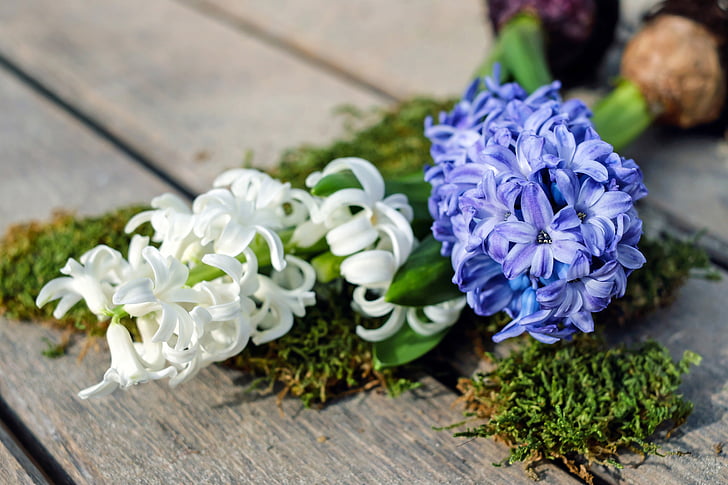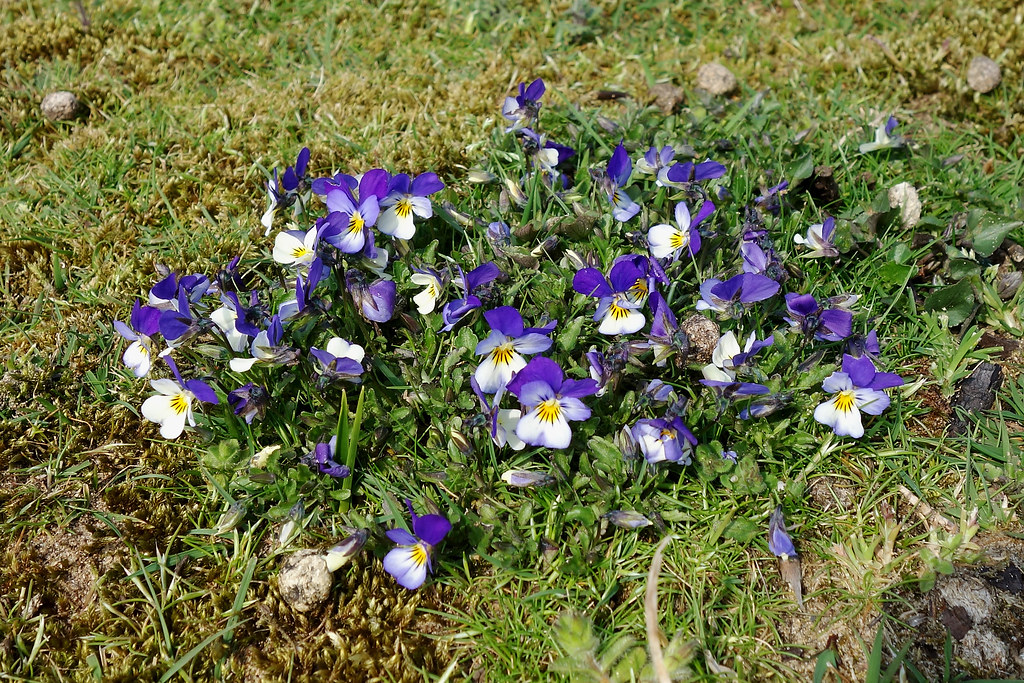Have you noticed your vibrant tulips disappearing? Before pointing fingers at your neighbors or considering moving to a more tulip-friendly neighborhood, let’s dive into the fascinating world of gardening espionage. It turns out, the culprits behind the missing tulips might be closer to nature than we think. The key suspects? Our furry friends from the animal kingdom, and not the mischievous neighbors we might be quick to blame.
The first clue in this botanical mystery comes from the fact that the disappearances only occurred to tulips planted closest to the street. This detail might initially suggest human interference, given the proximity to a public area. However, the animal world is full of skilled operatives that could easily navigate this terrain to feast on your precious bulbs. From squirrels to deer, our gardens are a gourmet buffet for these creatures, and tulips are the pièce de résistance.
To understand the animal motive, we need to peek into the dining preferences of our backyard visitors. Squirrels, for instance, are notorious for their love of digging up bulbs, not out of a particular fondness for the taste, but because freshly-dug earth signals the potential treasure trove of nuts hidden by another critter. The sight of disturbed soil sends them on a retrieval mission, only to discover the ‘treasure’ is not their preferred snack. This often results in bulbs being discarded after a single investigative bite, leaving a trail of botanical carnage behind.
Deer, on the other hand, have a more direct approach. These garden invaders don’t bother with the subtlety of digging. Instead, they go straight for the blooms, leaving a clean cut that could easily be mistaken for human tampering. The sophistication of these animals’ strategies makes it challenging to pinpoint the exact nature of the culprit without further investigation.
One might wonder, why not consider the possibility of human theft? While not entirely out of the question, the evidence leans heavily towards animal interference. The nature of the damage, such as the presence of bite marks or the specific selection of flowers closest to the street (where animals are more likely to roam), points to a non-human thief. Moreover, garden theft by neighbors, while not unheard of, is less common and usually involves more than just the plants closest to the street.
Understanding the behavior and motivation of these potential culprits is crucial in taking the next steps to protect your garden. Before jumping to conclusions or installing surveillance cameras aimed at your neighbor’s house, consider the signs. Are there bite marks on the remaining stems? Is there evidence of digging? These clues can help shift the suspicion from human to animal, guiding us towards more effective solutions to protect our cherished tulips.

While it might be tempting to blame the mysterious disappearance of tulips on bad neighbors, the real culprits are likely to be found among the local wildlife. As we delve deeper into the strategies for protecting our gardens, it’s clear that understanding our opponents – be they furry or feathered – is the first step in ensuring our tulips can bloom in peace, free from the paws and jaws of the natural world’s most effective floral thieves.
Building a Bastion: Defense Strategies for Your Tulips
Now that we’ve sleuthed out the likely culprits nibbling at our precious tulips, it’s time to transform our knowledge into action. Building a bastion for our beloved bulbs doesn’t require a degree in horticulture, just a sprinkle of creativity and a dash of determination. Let’s explore the arsenal of strategies at our disposal to keep our floral friends flourishing, free from the clutches of critters and the hands of horticultural hijackers alike.
Exclusion Devices: Fortifying Your Garden
The first line of defense involves using exclusion devices. Picture this: a fortress of wire cages ensconced around your tulip bulbs, a shield against the marauding mouths of furry foes. By employing barriers made from hardware cloth with ½-inch openings, we create a bulwark that’s impenetrable to diggers and burrowers yet graciously allows shoots and roots to dance through unharmed. The technique of lining the planting area with hardware cloth, adding a protective layer of soil, and then wrapping our precious bulbs within this metallic embrace is akin to tucking them into a safe at night, snug and secure from the roaming bandits in search of a midnight snack.
Deterring Digging: Making It Difficult for Squirrels
But what about the skyward thieves, those acrobatic squirrels, and their ilk? Make digging a Herculean task for them. Filling planting holes with coarse materials like gravel or crushed rock turns a would-be feast into an unpalatable chore, discouraging their burrowing aspirations. For those aerial artists, the strategic placement of framed screens or row covers acts as a deterrent, keeping them at bay until the tulips are ready to face the world on their own terms.
Diversion Tactics: Offering Alternative Feasts
Hungry critters are opportunistic, so why not redirect their appetites? Setting up a feeding station replete with peanuts and dried corn cobs can turn your garden from a banquet hall to a mere roadside attraction. Think of it as offering a more accessible buffet, one that keeps them entertained and your tulips untouched. This diversion tactic not only spares your flowers but also provides a front-row seat to nature’s ballet in your backyard.
Repellents and Scare Tactics: Creating an Unpleasant Environment
Repellents and scare tactics form the next layer of our tulip protection strategy. The art of deploying foul-tasting or smelling concoctions to turn your tulips into an olfactory war zone for pests requires finesse. Using labeled, commercial products ensures you’re not just concocting a potion with the efficacy of a placebo. Meanwhile, scare tactics leveraging technology to startle intruders can add a dynamic defense layer, ensuring that your garden remains a no-go zone for the local wildlife. And, let’s not forget the timeless guardian of the garden, the family dog, whose presence alone can keep many a critter at a respectful distance.
Stealth Planting: Keeping Bulb Locations Under Wraps
Sometimes, the best offense is a good defense. By not advertising the presence of freshly planted tulip bulbs through meticulous clean-up and delayed mulching, we can fly under the radar of the local wildlife. It’s akin to moving through a spy novel, where discretion is the key to survival. By removing any tell-tale signs of bulb planting and ensuring the garden does not offer cozy winter accommodations for rodents, we’re essentially putting up a ‘no vacancy’ sign for unwanted guests.
In the theater of garden defense, employing a combination of strategies is akin to assembling a cast for a play, where each actor plays a crucial role. No single method is foolproof, but together, they form a coherent strategy that can protect your tulips from the majority of threats. Rotating between different tactics ensures that your garden remains a step ahead of the local wildlife, always keeping them guessing.
Safeguarding your tulips from both animal and human threats doesn’t have to feel like a battle. With a blend of ingenuity, patience, and strategic thinking, we can create a haven for our tulips to thrive, showcasing their beauty without fear of theft or destruction. So, let’s arm ourselves with the knowledge and tools at our disposal, and declare our gardens a sanctuary where every tulip can bloom in peace, a testimony to our love and dedication to the natural world. Remember, in the world of gardening, every flower that blooms despite the odds is a victory, a small, defiant burst of color against the backdrop of life’s challenges. Let our tulips stand tall, not as mere plants, but as symbols of resilience, beauty, and the enduring power of nature.
Related posts:
Squirrels Stealing Your Bulbs? Here’s Help. – Kevin Lee Jacobs
When Squirrels Eat Tulip Flowers





